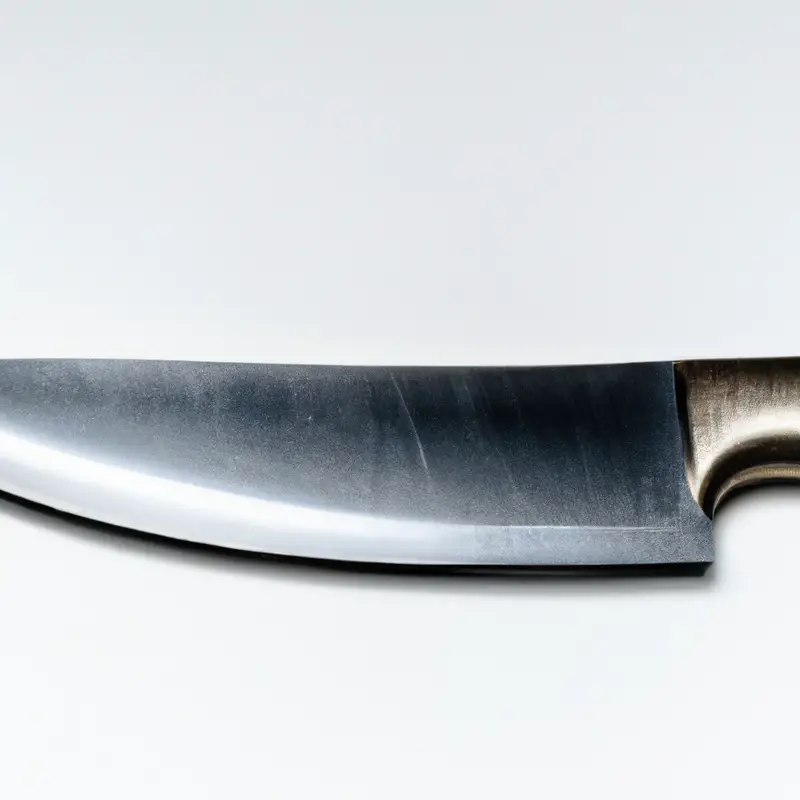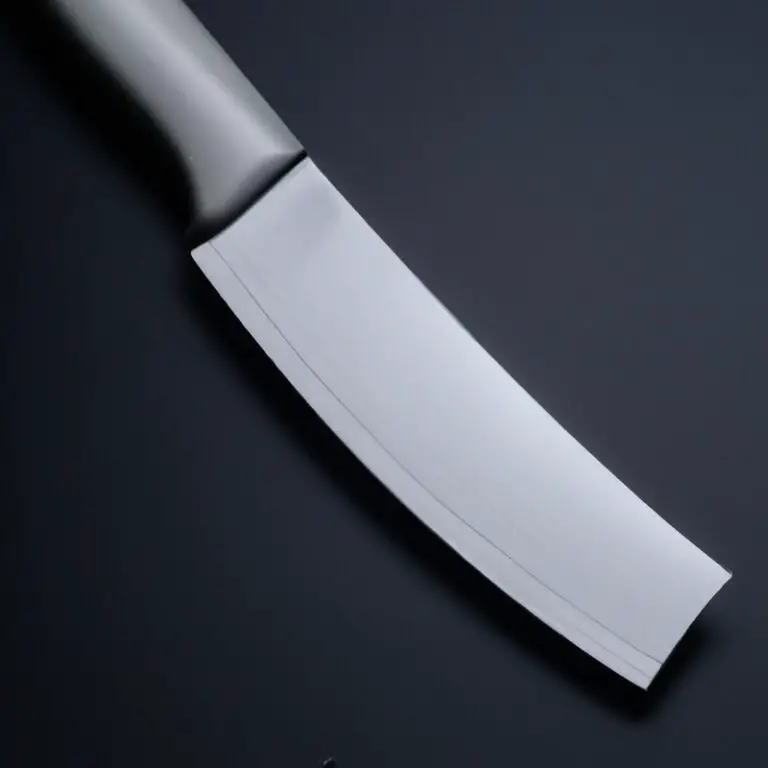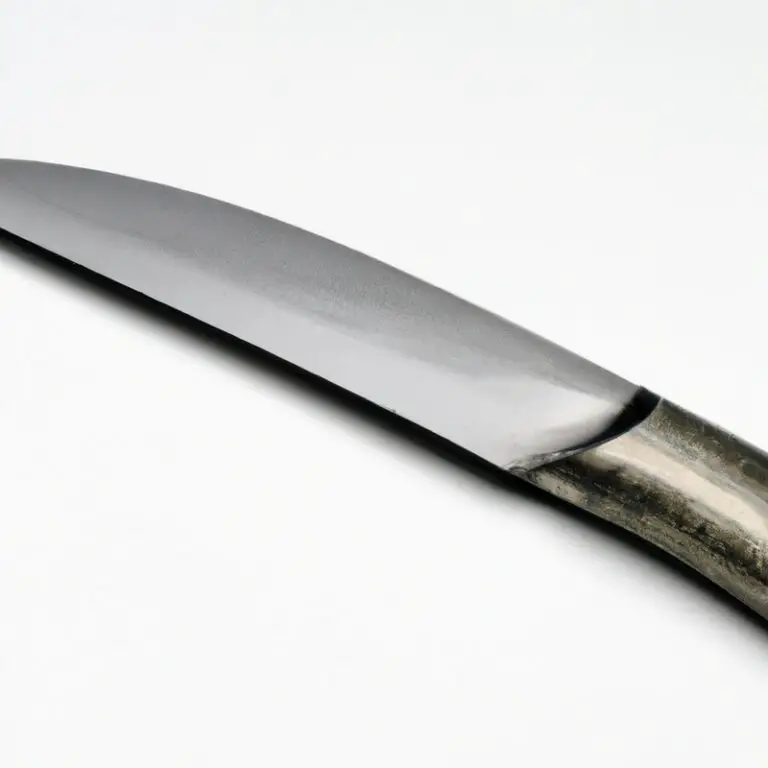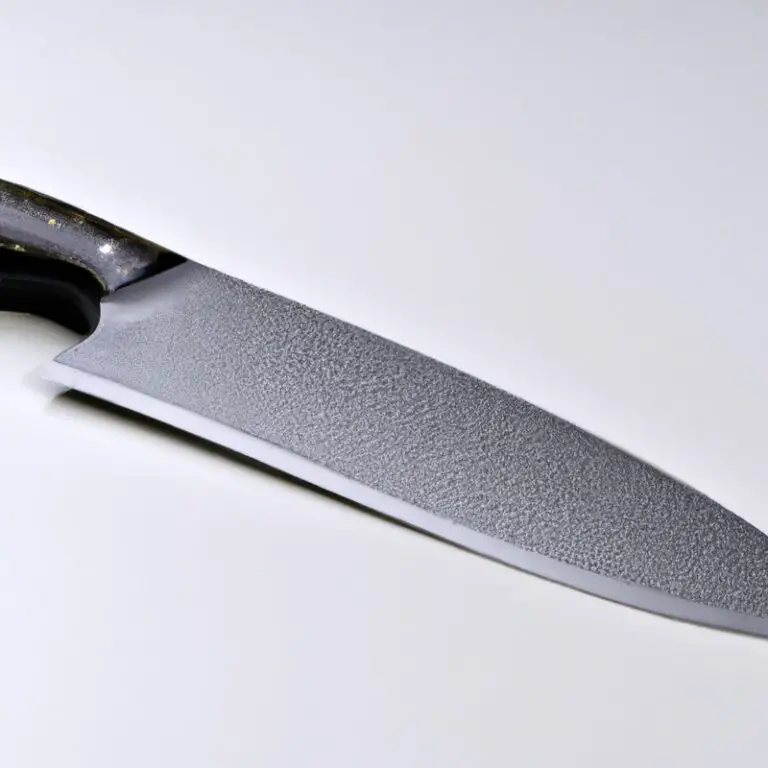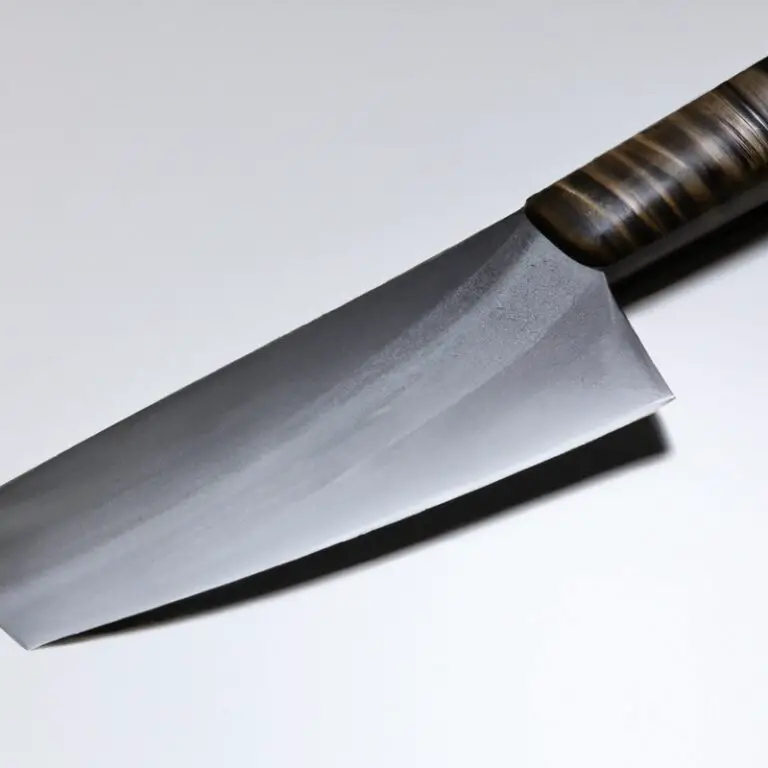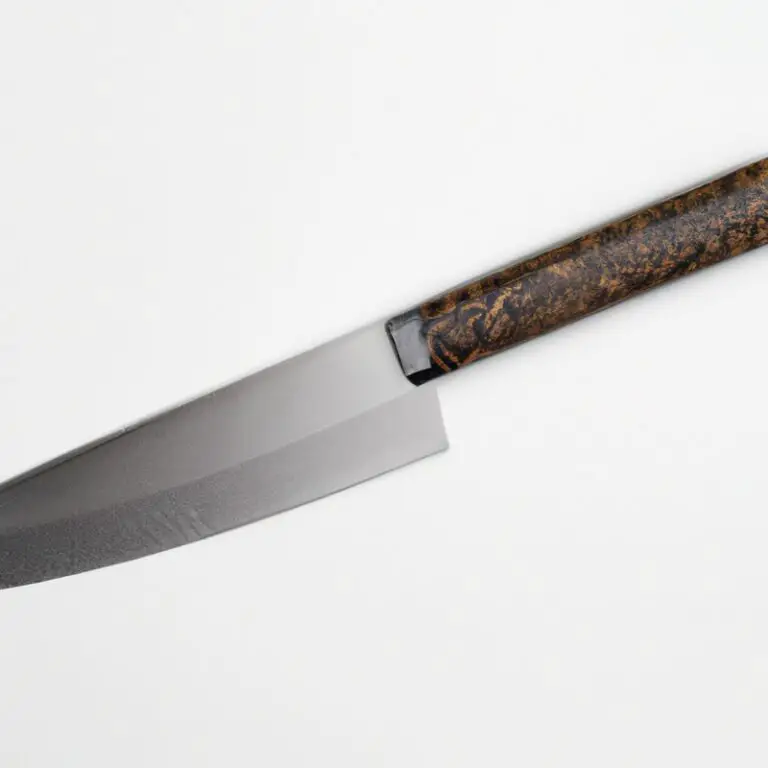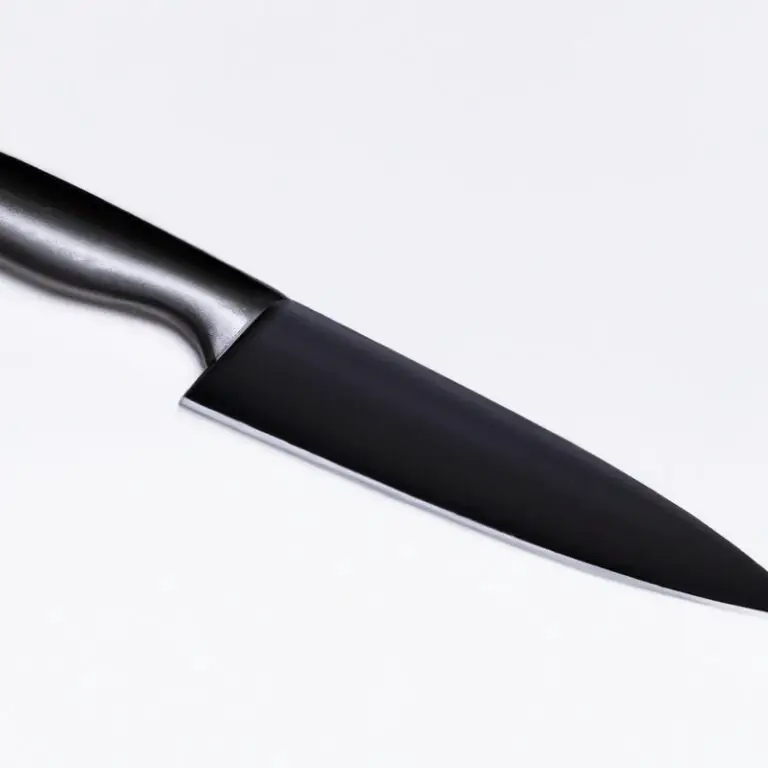How To Select The Right Grit Progression For Sharpening Gyuto Knives With Whetstones? Master It Now!
Key Takeaways:
- Understanding the grit progression is essential: selecting the right progression of grits can make all the difference when sharpening your Gyuto knives with whetstones.
- Start with a coarse grit to remove any nicks or chips: this ensures a smooth surface before moving on to higher grits.
- Finish with a higher grit to polish the blade: a fine grit will leave the blade with a razor-sharp edge.
- Practice makes perfect: take your time and practice often to master the art of sharpening with whetstones.
Have you ever struggled to achieve a razor-sharp edge on your Gyuto knife? The secret to achieving that perfect edge lies in selecting the right grit progression when sharpening with whetstones.
But with so many options available, it can be overwhelming to know where to start.
That’s where I come in. As a seasoned knife sharpener, I’m here to share my expertise on the importance of selecting the right grit progression, the factors to consider when choosing a grit progression, and tips on determining the starting grit for your Gyuto knife.
So, grab your whetstones and let’s dive in!
| Grit Size | Description | Use case |
|---|---|---|
| 220-400 | Coarse | Repair damaged or dull edge, remove nicks, chips, or blade roughness |
| 800-1000 | Medium | Primary sharpening, removing deeper scratches and improving blade sharpness |
| 3000-6000 | Fine | Finishing sharpening, refining edge and increasing sharpness and smoothness |
| 8000-10000 | Ultra-Fine | Polishing and honing, creating a mirror finish on the blade edge |
Understanding grit progression for sharpening Gyuto knives
Grit progression refers to the sequence of sharpening stones used to sharpen a knife. For Gyuto knives, it is crucial to choose the right grit progression for optimal sharpness.
Factors to consider when selecting a grit progression include the level of dullness of the knife, the purpose of the knife, and personal preference.
It is recommended to start with a lower grit stone and gradually move up the ladder for the best results. A leather strop can also be used in between the grits to refine the edge further.
Testing the sharpness of the knife after each grit is essential.
Common mistakes to avoid include using too high of a grit too soon, using too much pressure while sharpening, and not using proper technique when honing with a strop. By following the right grit progression and maintaining your whetstones, you can prolong the life of your knife and ensure the best performance.
The importance of choosing the right grit progression
Selecting the right grit progression is crucial for achieving a sharp edge on your Gyuto knife. It is essential to start with a coarse grit to remove any chips or nicks in the blade and gradually move up to finer grits for a polished edge.
The grit progression you choose will determine the level of sharpness and edge retention of your knife.
Choosing the wrong grit can result in a dull edge or damage to your knife. It’s important to consider factors such as the blade’s condition, steel type, and intended use when selecting a grit progression.
Testing the sharpness of your knife after each grit and honing with a leather strop will ensure optimal sharpness.
Avoid common mistakes like skipping grits or using too much pressure when sharpening. Always maintain your whetstones to prolong their lifespan and keep them in good condition.
Factors to consider when selecting a grit progression
Factors to consider when selecting a grit progression for sharpening your Gyuto knife with whetstones include the type of steel, the level of dullness, and the purpose of sharpening. Harder steel requires a lower starting grit, while softer steel may need a higher grit.
If your knife is extremely dull, begin with a lower grit to remove more material quickly.
If it is moderately dull, a midpoint grit is best. Determine the purpose of sharpening, such as preparing for a professional kitchen or at-home use, to guide your grit progression selection.
Keep in mind that finer grits are better for polishing and creating a sharper edge, while coarser grits are better for shaping and removing chips.
By considering these factors, you can choose the best grit progression for your Gyuto knife and achieve optimal sharpness.
How to determine the starting grit for your Gyuto knife
To determine the starting grit for your Gyuto knife, assess the condition of the blade. If it is chipped, dulled, or has nicks, start with a coarse grit, such as 120 or 220.
If the blade is in relatively good condition, start with a finer grit, such as 1000 or 2000.
It’s important to note that starting with too fine a grit can make the sharpening process longer. In general, start with a grit that matches the dullness or damage of your blade, and work your way up the grit progression ladder.
Testing the sharpness of your knife after each grit will help determine when to move on to a higher grit.
Moving up the grit progression ladder – tips and tricks
Moving up the grit progression ladder requires patience, practice, and consistency for achieving satisfactory results. Here are some tips and tricks to help you sharpen your Gyuto knives effectively:
- Make sure to remove all the scratches and burrs from the previous grit before moving on to the next one. Use a Nagura stone to clean your sharpening stones regularly.
- Apply even pressure while sharpening. Holding the knife at a consistent angle, and maintaining a steady rhythm will help to improve accuracy.
- Do not rush the process; take your time to ensure you are achieving the desired sharpness.
- Save the finer grits for the final stages of sharpening. This will remove any remaining burrs and polish the edge.
- Clean and dry the knife and whetstones after every use. Leaving them wet can cause damage or rust.
By following these tips and tricks, you can achieve optimal sharpness and extend the life of your Gyuto knife and whetstones.
When to switch to a higher grit for optimal sharpness
When sharpening a Gyuto knife with a whetstone, it is important to know when to switch to a higher grit for optimal sharpness. The general rule is to switch to a higher grit once you have removed all the nicks, chips, and dullness from the previous grit.
For example, if you start with a 1000 grit whetstone, you should switch to a 3000 or 4000 grit whetstone once the blade is evenly sharpened, and there are no more visible nicks or dull areas.
Continuing to use a lower grit stone when it is no longer necessary will only cause unnecessary wear and tear on the knife and the whetstone. It is important to note that different knives may require different grits to achieve optimal sharpness, so it is always best to test the knife’s sharpness after each grit change to determine when the switch to a higher grit is necessary.
By following this approach and testing the sharpness after each grit, you can achieve optimal sharpness for your Gyuto knife and ensure that it stays sharp for longer.
The role of honing with a leather strop in the grit progression
Honing with a leather strop plays a vital role in the grit progression of sharpening Gyuto knives. Once you have progressed through your chosen grit sequence, honing your knife on a leather strop will refine the edge and remove any remaining burrs.
The strop works to polish the edge, leaving a razor-sharp finish.
A leather strop can also be used to touch up the edge of a knife between sharpening sessions, extending the time between sharpenings. Use a honing compound on the strop to enhance its effects.
Remember that honing cannot remove significant damage to a blade, and burrs caused by dullness will still need to be removed by sharpening again.
Incorporating honing with a leather strop into your sharpening routine will help you achieve the best possible sharpness for your Gyuto knives.
Testing the sharpness of your Gyuto knife after each grit
It is essential to test the sharpness of your Gyuto knife after sharpening it with each grit. To do so, use a piece of paper or try cutting through a tomato or an onion.
If the knife glides effortlessly through the paper or produces clean slices without tearing the tomato or onion, then it is adequately sharpened.
If not, then switch to a higher grit until the desired sharpness is achieved. Remember to wipe the blade after each grit to remove any metal residue before testing the sharpness.
Testing after each grit ensures that you do not over-sharpen or under-sharpen your knife, leading to a shorter lifespan due to unnecessary wear and tear.
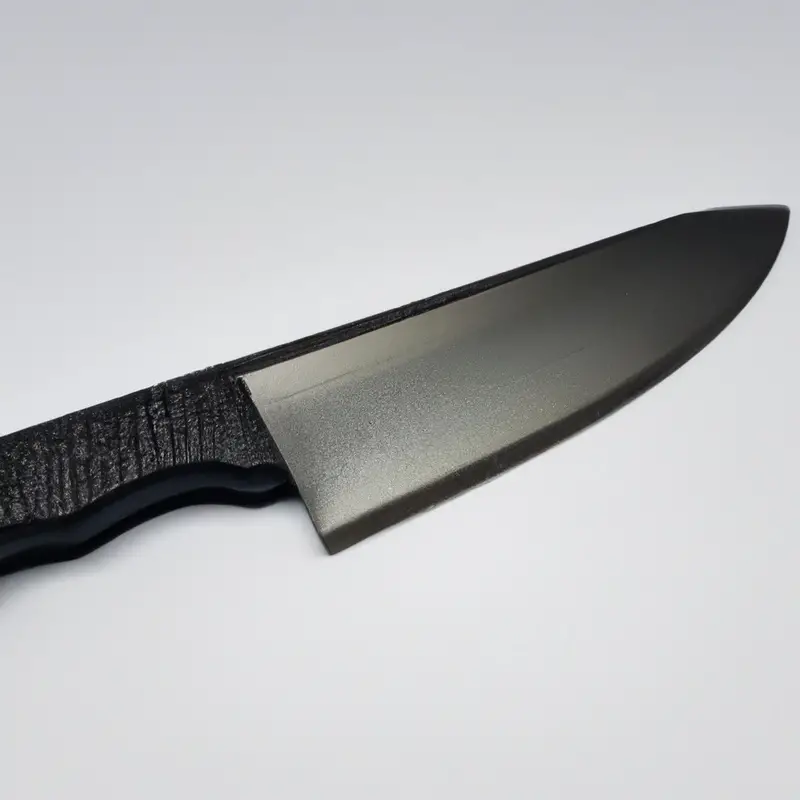
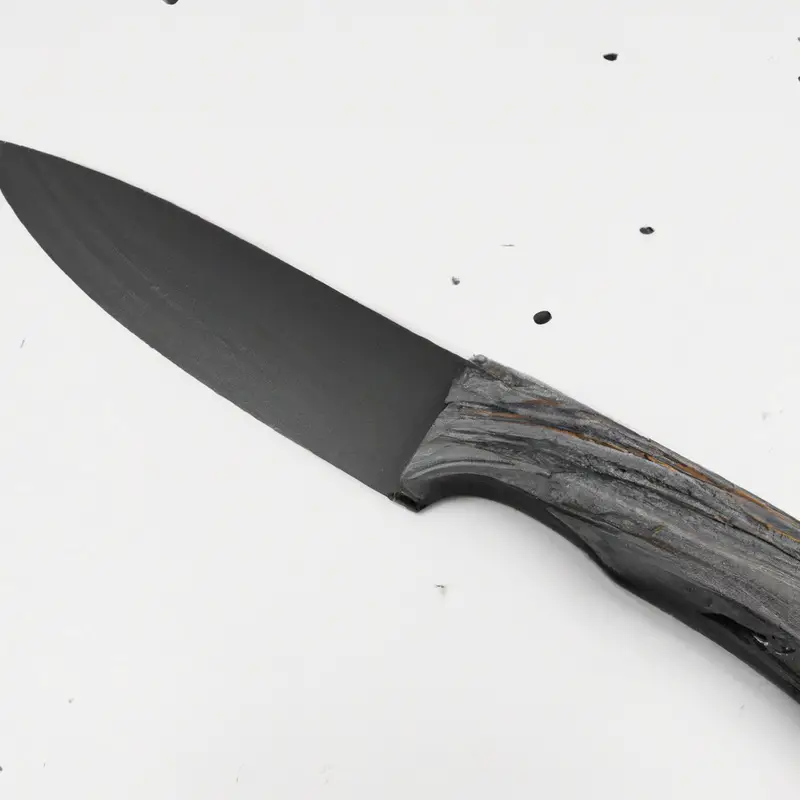
Common mistakes to avoid when selecting a grit progression
When selecting a grit progression for sharpening your Gyuto knife with whetstones, there are some common mistakes that you should avoid. These mistakes may negatively impact the sharpness and overall quality of your knife.
Here are some common mistakes to avoid:
- Starting with too high of a grit: Starting with a high grit may result in a longer sharpening time and can cause damage to the edge. Always start with a lower grit and work your way up.
- Skipping grit levels: Skipping grit levels can lead to uneven sharpening and can also cause damage to the blade. It is important to follow the recommended grit progression for optimal results.
- Not soaking your whetstones: Soaking your whetstones helps to keep the stones from drying out, which can cause damage to the blade and decrease the effectiveness of the stone. Always make sure to properly soak your whetstones before using them.
- Using too much pressure: Applying too much pressure to the blade during sharpening can cause damage to the edge and decrease the lifespan of the whetstone.
- Not testing sharpness between grits: It is important to test the sharpness of your knife after each grit to ensure that you are achieving the desired level of sharpness before moving on to the next level.
By avoiding these common mistakes, you can ensure that you are selecting the right grit progression for your Gyuto knife and achieving the optimal level of sharpness.
Maintenance tips for prolonging the life of your whetstones
To prolong the life of your whetstones, follow these maintenance tips:
- Clean the whetstones after each use with a soft brush or cloth and water to remove debris and buildup.
- Avoid using harsh chemicals or soaps on the whetstones.
- Dry the whetstones completely before storing them in a dry place to prevent mold or mildew growth.
- Flatten the whetstones regularly to ensure even sharpening and prevent dishing.
- Use a honing oil or water on the whetstones to prevent them from drying out and cracking.
- Store the whetstones separately to prevent chipping or scratching.
- Avoid dropping or hitting the whetstones, as this can cause them to crack or break.
By following these tips, your whetstones will last longer and continue to provide excellent sharpening results for your Gyuto knives.
Final Verdict
Selecting the right grit progression for sharpening your Gyuto knife is a crucial step towards achieving optimal sharpness and longevity. By understanding the factors involved in grit progression selection and following our tips and tricks, you can confidently move up the grit ladder, hone with a leather strop, and test sharpness after each grit.
Remember to avoid common mistakes and properly maintain your whetstones for a consistently sharp and durable edge.
With these insights, you can take your sharpening skills to the next level and enjoy the precision and satisfaction that comes with a perfectly sharpened Gyuto knife. Trust in these expert tips and your knife will serve you well for years to come.

